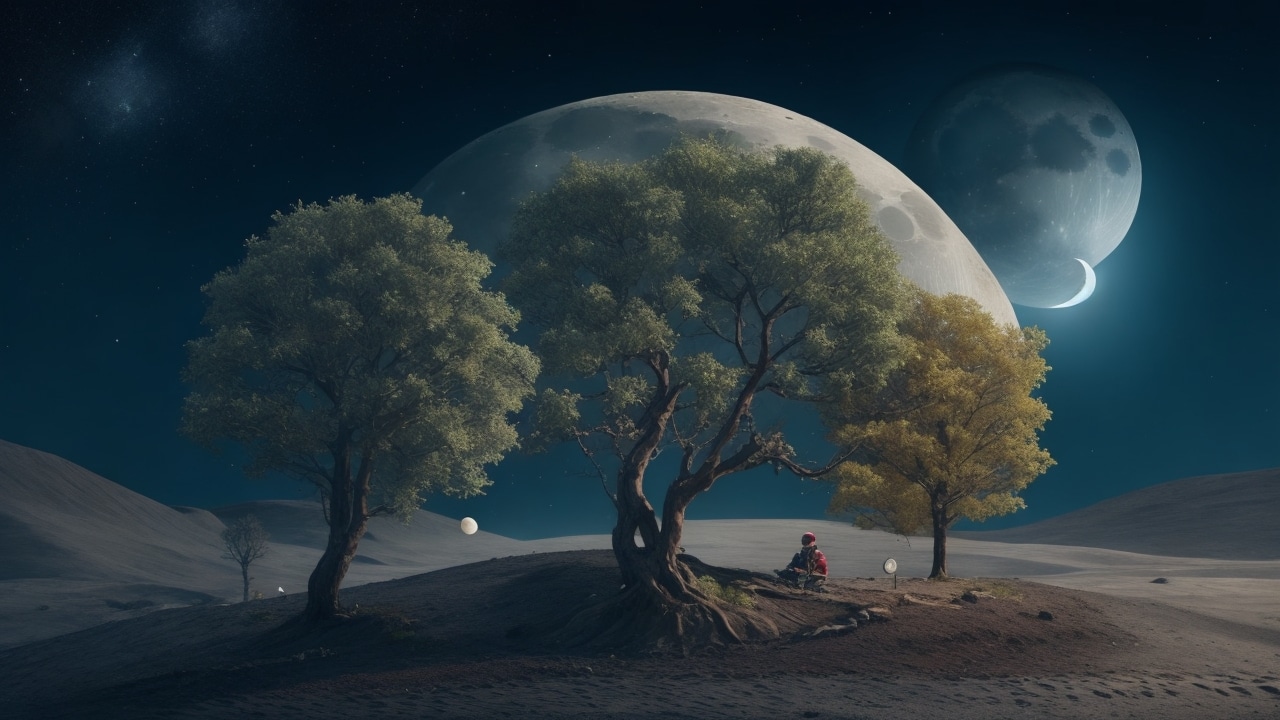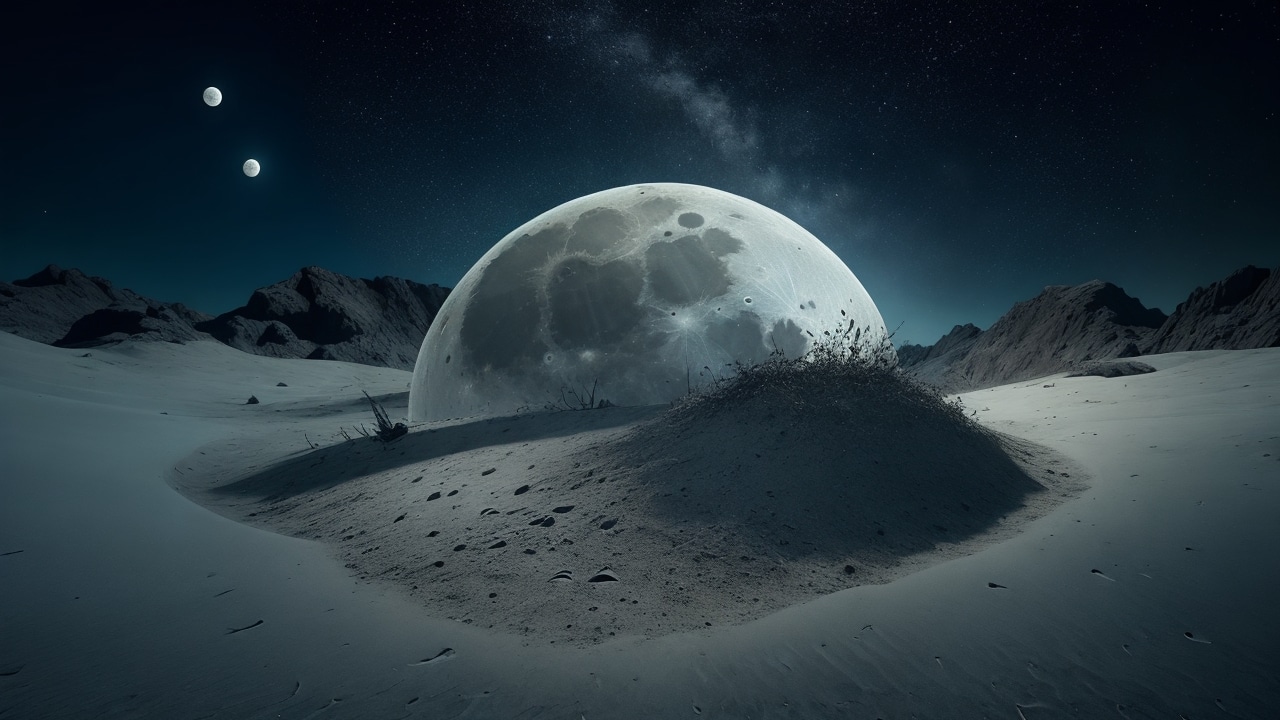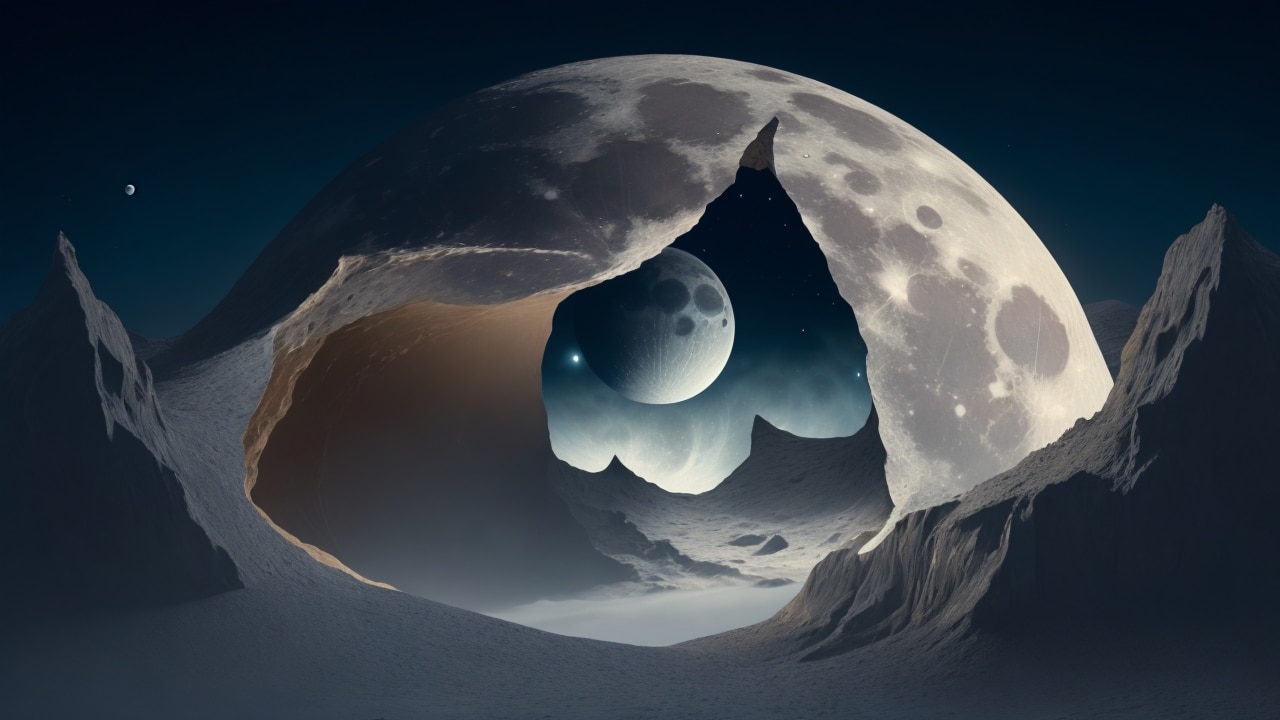One might assume that our knowledge of the moon is comprehensive by now. After all, we’ve been gazing at that massive celestial body for millennia. However, within the span of merely a week, we’ve managed to uncover additional insights into the moon’s mysteries. Let’s delve into these recent revelations.
Over the course of history, humanity’s fascination with the moon has endured. Despite our prolonged observation of this prominent celestial object, recent developments have shed light on aspects that had previously eluded our understanding. In the brief span of a week, we’ve made notable strides in unraveling some of the moon’s enigmatic secrets.
Our enduring connection with the moon has now translated into new discoveries that challenge our prior assumptions. With advancements in technology and exploration, we’ve gained fresh perspectives on the moon’s complexities. As we delve into the details of these recent revelations, we’re reminded of the ever-evolving nature of scientific exploration and our insatiable curiosity to unveil the mysteries of the cosmos.
Planting Moon Trees
NASA has unveiled a one-of-a-kind celestial offering: moon trees. These unique trees aren’t ones that sprouted on the lunar surface, but rather they originate from seeds that encircled our moon on the Orion spacecraft during the Artemis I mission in 2022.
While this recent journey is a notable achievement, it isn’t the first instance of sending seeds into space. Back in 1971, Stuart Roosa, an Apollo 14 astronaut with a background as a Forest Service smokejumper, carried seeds to space. After his return, the Forest Service nurtured these seeds, resulting in the inception of Earth’s very own moon trees.
Although the general public may have to wait their turn to acquire these cosmic plants, schools and community groups all across the United States have the opportunity to apply right now. Those selected will be recipients of seedlings from a diverse range of tree species, including sweetgums, giant sequoias, and Douglas-firs.
The overarching objective of this endeavor is to establish a connection between our planet and the vastness of space. By providing individuals who may never venture beyond Earth’s bounds with the chance to cultivate these moon tree seedlings, NASA aims to foster a sense of cosmic belonging.
Aside from the moon tree seeds, the Orion spacecraft also transported other mementos of 2022’s pop culture, such as a zero-gravity Snoopy indicator and LEGO minifigures. Those who are interested in obtaining a moon tree seedling can submit their applications through NASA, provided they are affiliated with an educational or governmental institution. This initiative brings a touch of space closer to home, allowing individuals to partake in a unique and inspiring connection to the universe.
New Elements
The Indian Space Research Organization (ISRO) has achieved a remarkable milestone through its Pragyaan moon rover by making a significant discovery at the moon’s south pole. The rover identified a diverse suite of elements, including sulfur, iron, calcium, manganese, oxygen, titanium, aluminum, chromium, and silicon.
What’s particularly noteworthy is the absence of hydrogen in this region, which has prompted intriguing questions about the potential presence of water ice in the area. This anticipated discovery of water ice has been a topic of keen interest for scientists.
Pragyaan’s accomplishment marks the first instance of in-situ measurements of these elements at the lunar south pole. While this area was previously acknowledged for its substantial water ice deposits, this newfound data has reshaped our comprehension of its composition.
The rover employed an innovative technique called Laser-Induced Breakdown Spectroscopy (LIBS) to analyze these elements. This method subjects rocks to intense heat, transforming them into plasma, which is then scrutinized for elemental information.
In addition to its elemental investigation, Pragyaan is also actively studying the lunar atmosphere to discern any potential seismic activities. However, the mission was not without its challenges. The rover narrowly avoided tumbling into a ten-foot crater, a situation that was skillfully averted by the prompt reactions of mission control.
This significant discovery follows a previous lunar mission setback for India in 2019, making this achievement a remarkable rebound in the country’s space exploration endeavors. It coincides with a period of challenges for Russia’s space program amidst ongoing political tensions and a prolonged absence from lunar exploration.
As countries endeavor to unlock the moon’s enigmas, we find ourselves in an exciting era of space exploration, with the promise of more groundbreaking revelations awaiting us on the horizon.
Secret Moon Layers
A groundbreaking revelation has unveiled a previously concealed aspect of the moon’s history. Recent research has brought to light evidence of solidified layers of lava situated just 300 feet beneath the moon’s dusty and cratered surface, providing a glimpse into volcanic activities that transpired countless eons ago.
Although these findings are still awaiting definitive confirmation, the Chang’e-4 lunar rover’s low-frequency ground-penetrating radar has played a pivotal role in this discovery.
Led by astrophysicist Jianqing Feng from the Planetary Science Institute of Arizona, the rover has identified disparities in subsurface materials. This observation has led researchers to speculate that the moon was subjected to lava flows for an extended period, lasting a billion years longer than previously assumed.
The distinct patterns exhibited by these lava flows hold particular intrigue. The densest volcanic material, situated deep below the surface, displays greater width in comparison to the shallower volcanic layers. This suggests a gradual decline in volcanic activity over time. Notably, the broadest layers span approximately 230 feet, while the shallowest extend a mere five meters.
This reduction in volcanic intensity aligns with the moon’s diminishing internal thermal energy. As time progressed, volcanic eruptions likely waned in magnitude until ceasing entirely. Current data points to three or four significant lava flow events within the Von Kármán crater alone.
However, Feng’s research has invited skepticism, primarily stemming from concerns regarding the reliability of low-frequency ground-penetrating radar. Prior studies employing similar technology have encountered notable system noise, which subjects these newfound conclusions to rigorous scrutiny. Substantial corroborative data is essential before drawing a definitive conclusion.
This ongoing investigation holds substantial promise. If substantiated, it stands to reshape our comprehension of the moon’s geological past, offering insights into a more dynamic history characterized by landscapes filled with lava – a stark contrast to the serene lunar visage we recognize today.















































